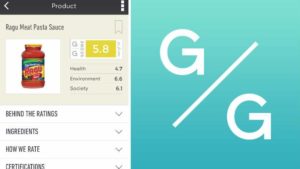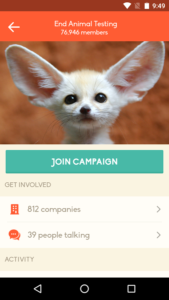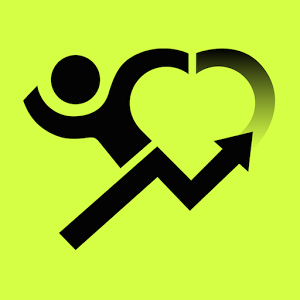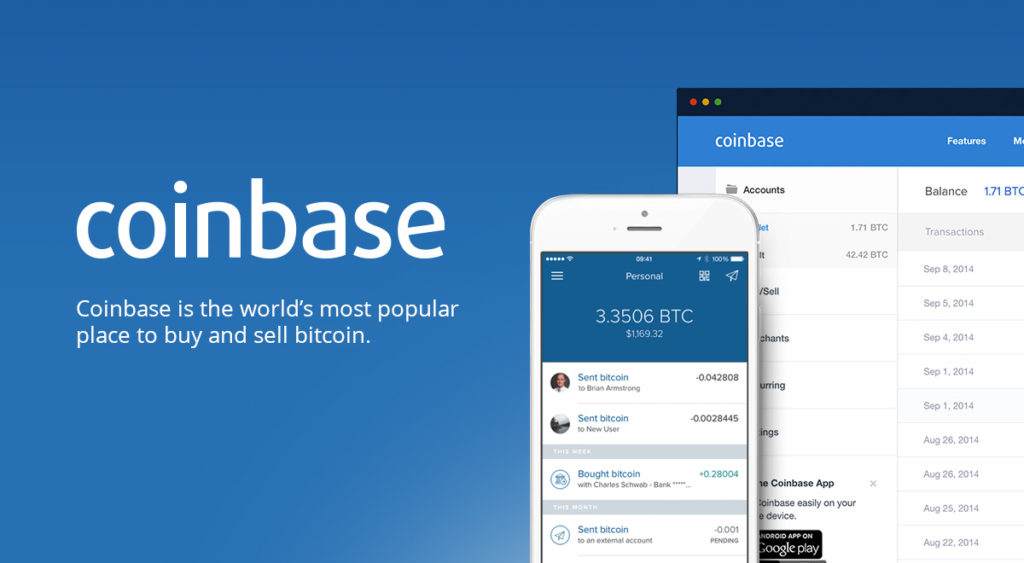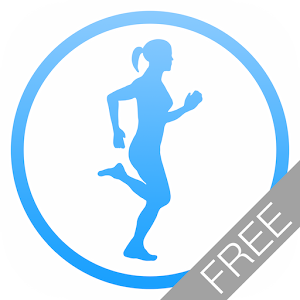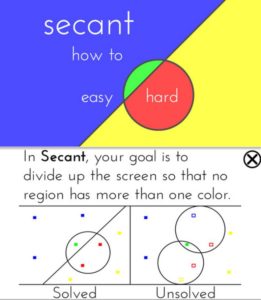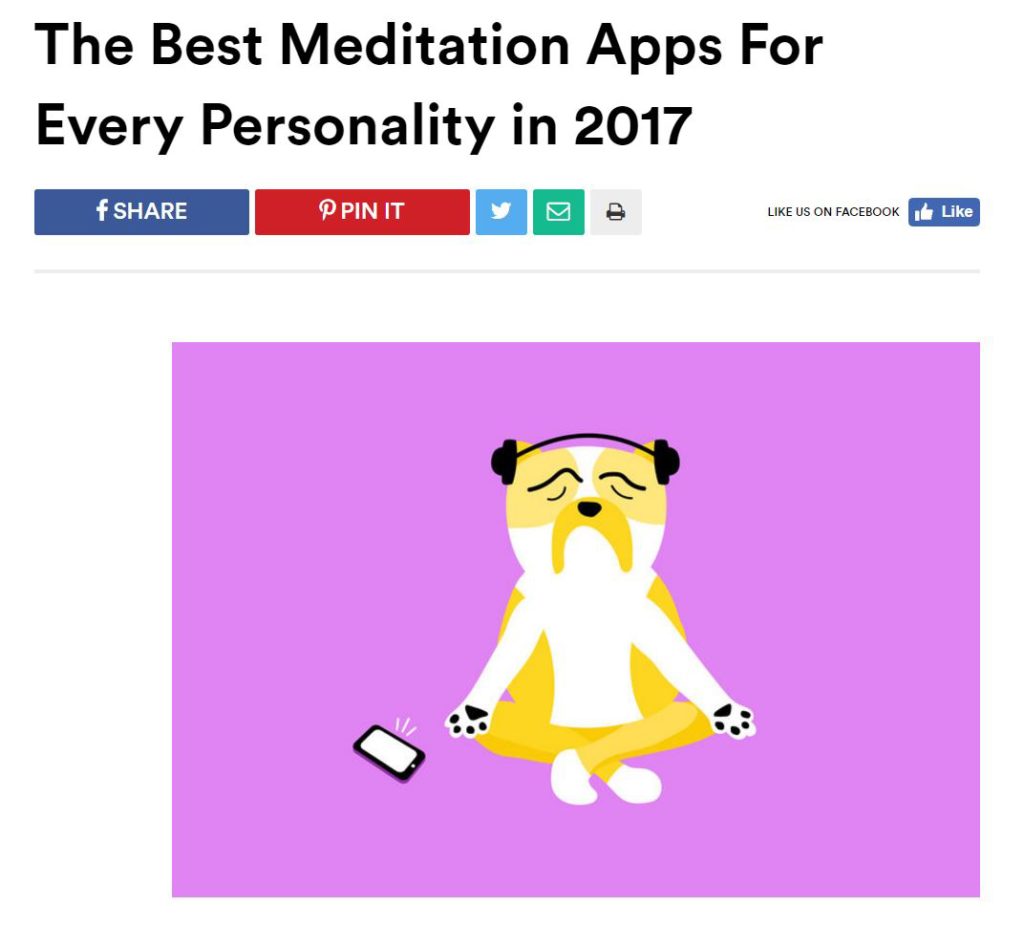People always seem perplexed by the questions: Where do I come from? Where am I going? But we rarely ask these questions about the products we use every day. You’re in luck though, because I aim to answer these questions for you right now!
Where does it come from? – Labor and materials.
I always think of the story about GAP using child labor to produce children’s clothing… So the best way to be sure that the products you use don’t harm others is to buy reused, upcycled, local and vegan. I know this is a tall demand, but it’s all about doing what is most feasibly possible for you (economically, socially, physically, mentally – see my Why Vegan post for more on this). Fortunately for clothing in particular, resale is often cheaper and you can sell your old clothes at the same time.
Many of our belongings harm us too. I recently went to a “Rethink Plastic” talk where researchers explained how plastic producers are able to switch out harmful chemicals faster than we are able to find out how harmful they are. We all know BPA is terrible… but there are tons of other chemicals that are apparently just as bad, yikes! Again, the best choice is to steer clear. Here’s a slide from Child Health and Devolpment Sudies‘ talk about ways to reduce our harmful exposure to plastics:
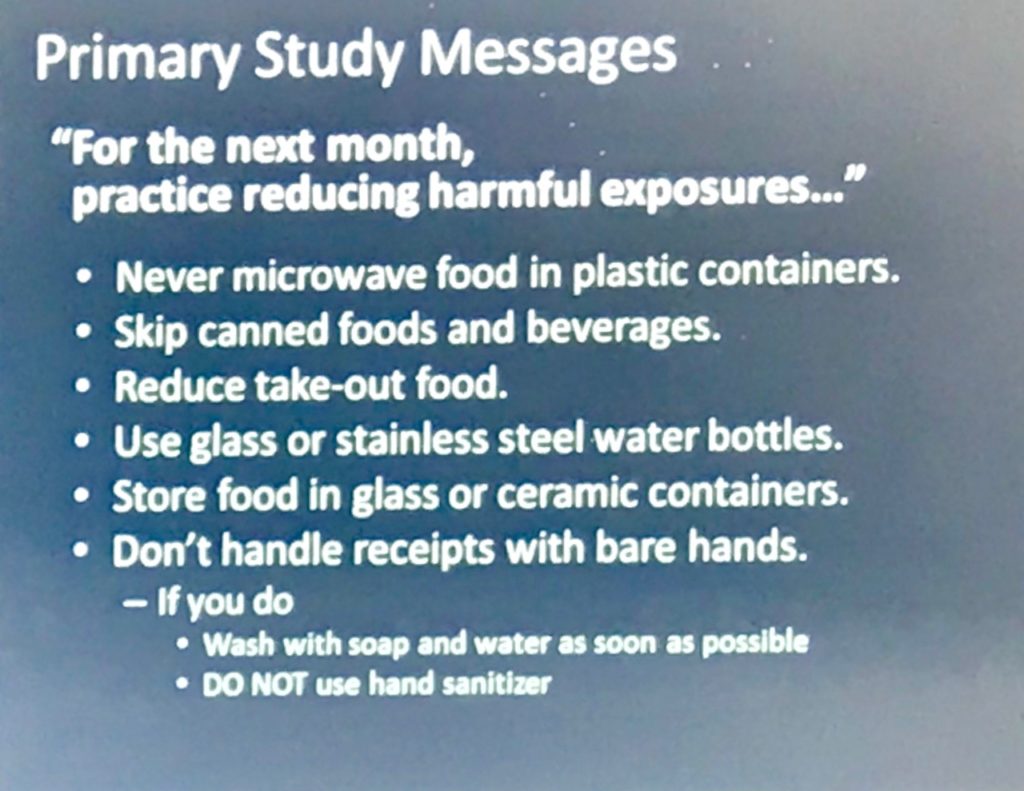
Pro tip – If you want to do a full cleanse, psyllium husk binds to many toxins in your body and helps get them out. You can get it in the bulk section of some grocery stores. Take a serving with water and go in a sauna.
Where is it going? – “There is no away.“
I recently met Heather, the founder of thereisnoaway.net, and love her message that our belongings don’t disappear when we throw them away, thus we should substitute our single-use throwaway items with recyclable ones.
I could go into our historical process of shipping our trash back to the countries that made the items and give more info about the sludge in our recycling bins, but it’s more important to know where to put what. Here are some sites for my Bay Area friends:
- sfrecycles.org
- oaklandrecycles.com
- Again with the plastic… only some are recyclable. Here’s a helpful guide explaining plastics #s 1-7.
One Tier Better – Zero Waste
Even recycling uses energy and oil… so the best policy is to go zero waste. This sounded daunting to me too at first, and I am still chipping away at my wasteful habit repertoire. I recommend checking out Ecocity Builders’ tips for their Zero Waste Challenge this July, which make the process much more conceivably achievable. Also this awesome website.
One Person
Finally, if you are wondering whether one person matters, here are some figures: One person on average creates 4.40 lbs of waste / day [EPA]. One ton = 2000 lbs, so one person creates one ton of waste / 455 days. So every year and a third one person can save
- One ton of paper recycle saves 17 trees [EPA].
- One ton of plastic saves 16.3 barrels of oil [Stanford].
- One ton of aluminum saves 4 tons of Bauxite Ore [MadeHow.com].
- One ton of glass saves one ton of mixed limestone, soda ash and sand [EPA, Stanford].
- Fun food calculator
Good luck forming habits to last a lifetime – and for generations to come. ![]()
– SustainableFarley @ gmail.com
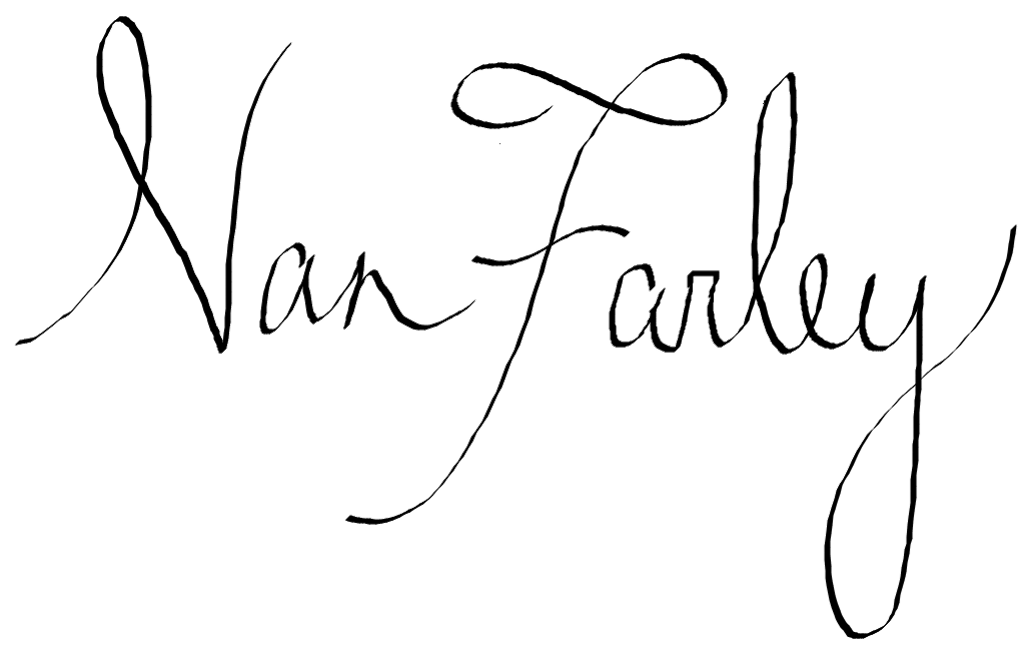
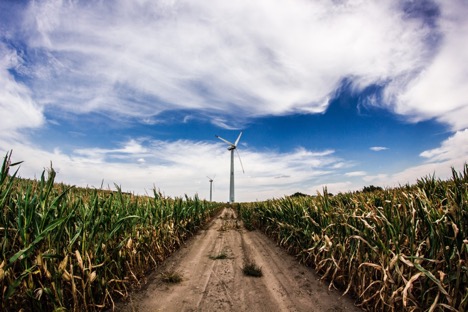


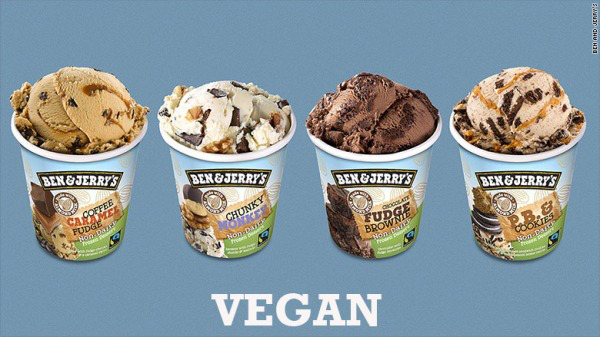
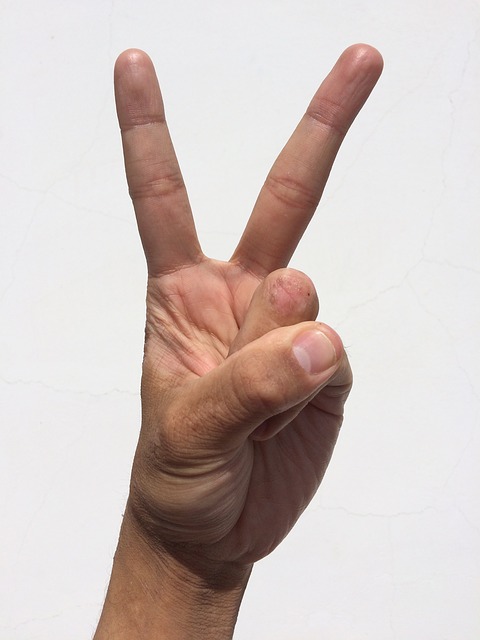 out
out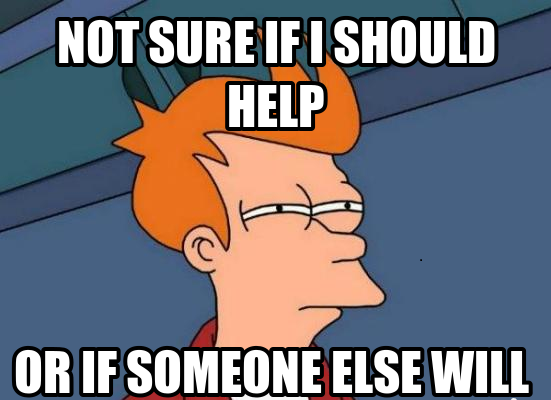

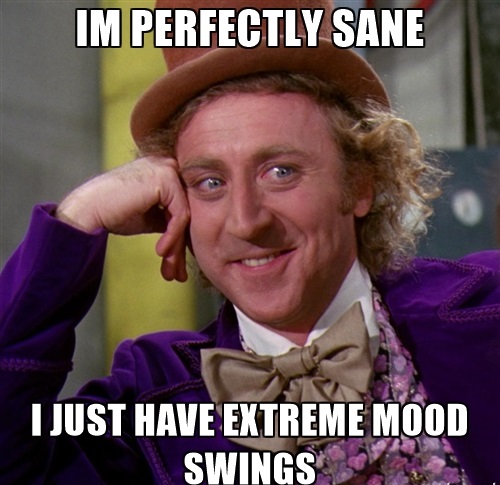



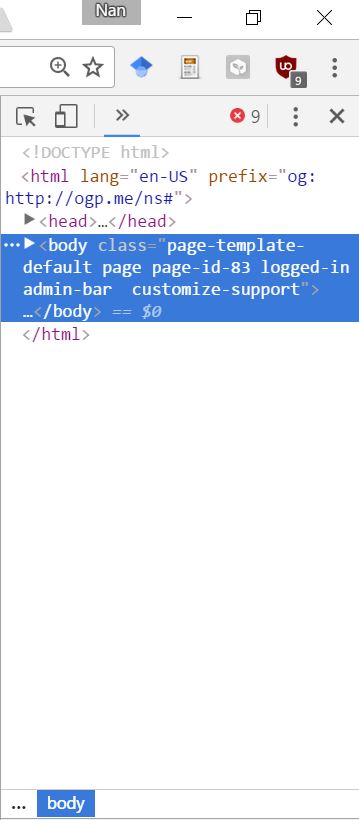
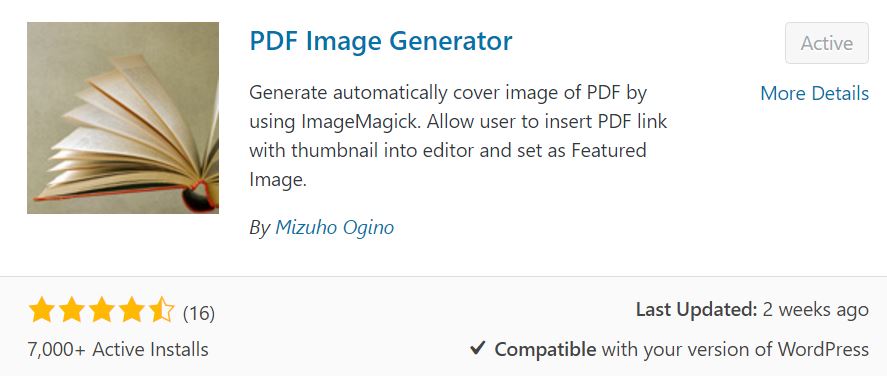
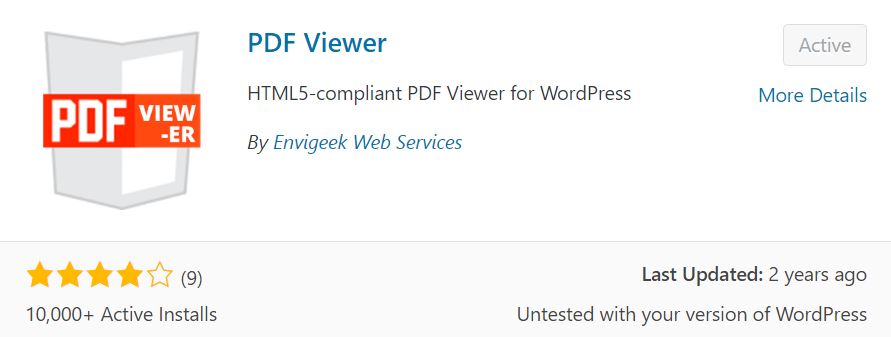 Now, use this code INSTEAD in the “Additional CSS” box:
Now, use this code INSTEAD in the “Additional CSS” box: